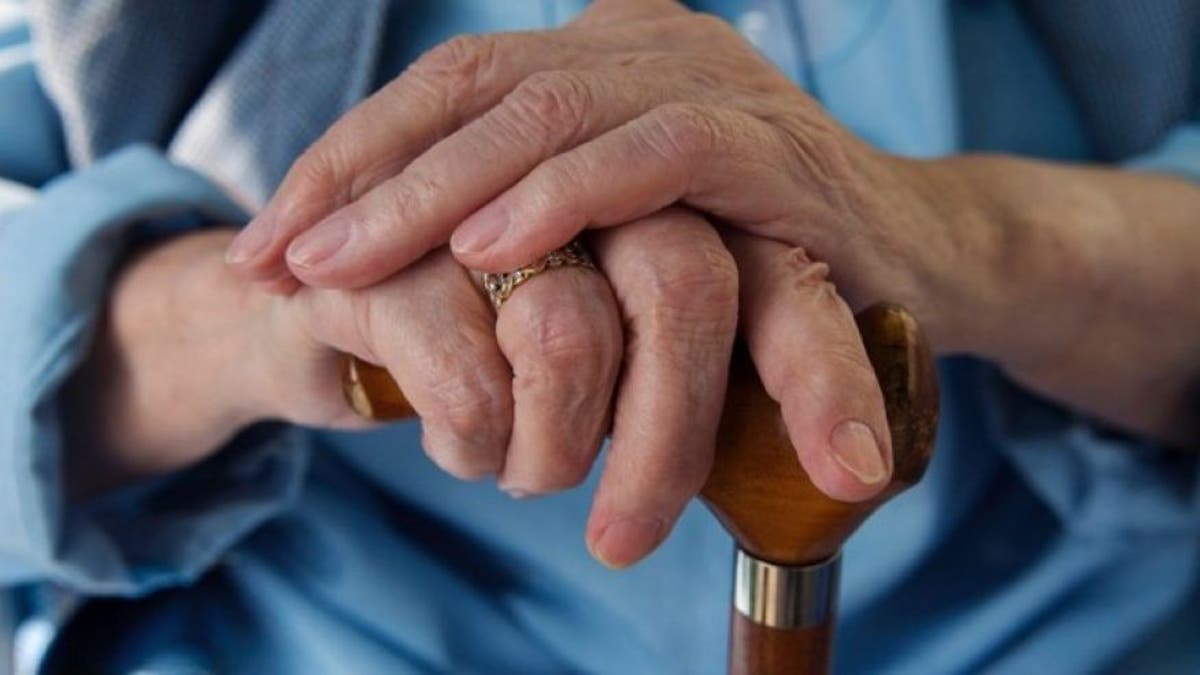
Scientists have long thought that motor function lost from a stroke can’t be restored, but a new animal study suggests inducing a second stroke may make that possible.
Researchers at Johns Hopkins University found that when they induced a second stroke near the region of a first stroke in mice, the rodents could grab food pellets with their once-disabled paws as well as they had pre-stroke.
The study authors said they don’t encourage inducing stroke in humans to reverse lost movement from a previous stroke. But, they argued in their paper that the results hint mammals’ brains that have experienced stroke may be more “plastic” than originally thought—and that this conclusion may aid in the development of another therapy that would help this patient population.
“If we can better understand how to reopen or extend the optimal recovery period after a stroke, then we might indeed change how we treat patients for the better,” study author Dr. Steven Zeiler, Ph.D., an assistant professor of neurology at the Johns Hopkins University School of Medicine, said in a news release.
In a previous study, researchers at Johns Hopkins found that the optimal window for stroke recovery is seven days after the event has occurred, but in the current animal model, they found that a common antidepressant, fluoxetine, helped lengthen that window. Before the initial study, scientists believed that seven-day period was inflexible.
“Our study adds new strong and convincing evidence that there is a sensitive period following stroke where it’s easiest to relearn motor movements— a topic that is still debated among stroke researchers,” Zeiler said in the release.
For the new study, researchers didn’t use fluoxetine in the mice. Instead, they examined how inducing a second stroke outside of that “optimal” window affected lost movement from a first stroke without medication. They figured that, based on previous findings that brain ischemia, which involves oxygen deprivation from stroke, could help the brain form new connections, that inducing a second stroke would have just that effect on the mice.
According to the release, researchers spent 10 days training mice to reach through a slit in their cage to obtain food pellets affixed to a bar. The mice were able to complete the task more than 50 percent of the time on average.
They then induced stroke in the mice, rendering the animals unable to grasp the pellets, then waited a week and tried training the mice again for three weeks. At this point, the mice were, on average, 30 percent successful at grasping their food.
Researchers split the mice into two groups: one that would have an induced stroke close to the site of the first, and another that would have their stroke induced farther away from it.
Next, they immediately began retraining the mice to perform the pellet-grabbing task. They found that those animals whose second stroke was induced closer to the original site were more than 50 percent successful at obtaining their food— a rate that was comparable to that of the healthy mice— while the group whose stroke was induced farther away from the first site didn’t have any improvement with the task, even when they received more training.
Study authors noted that the task improvement for the one group of mice may simply be a result of where the second stroke was induced, which is the motor cortex. In the future, they plan to investigate that idea as well as other ways to reopen the window for stroke recovery.
The study was published online Thursday, Dec. 31 in the journal Neurorehabilitation and Neural Repair.